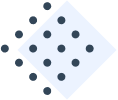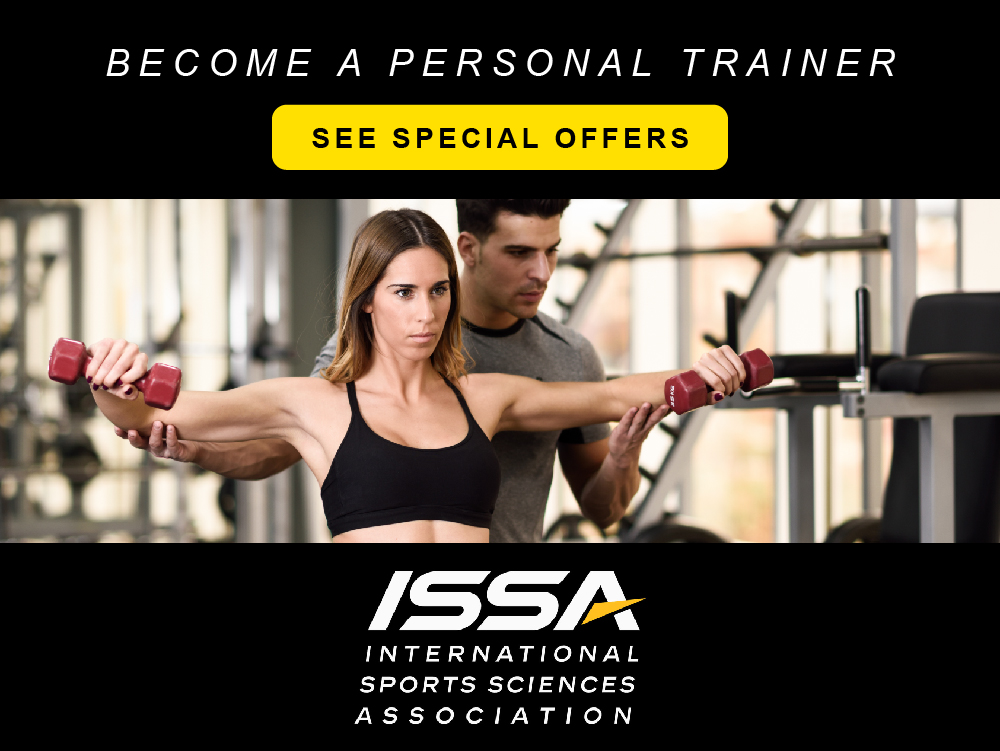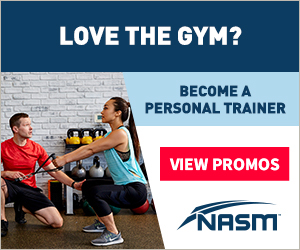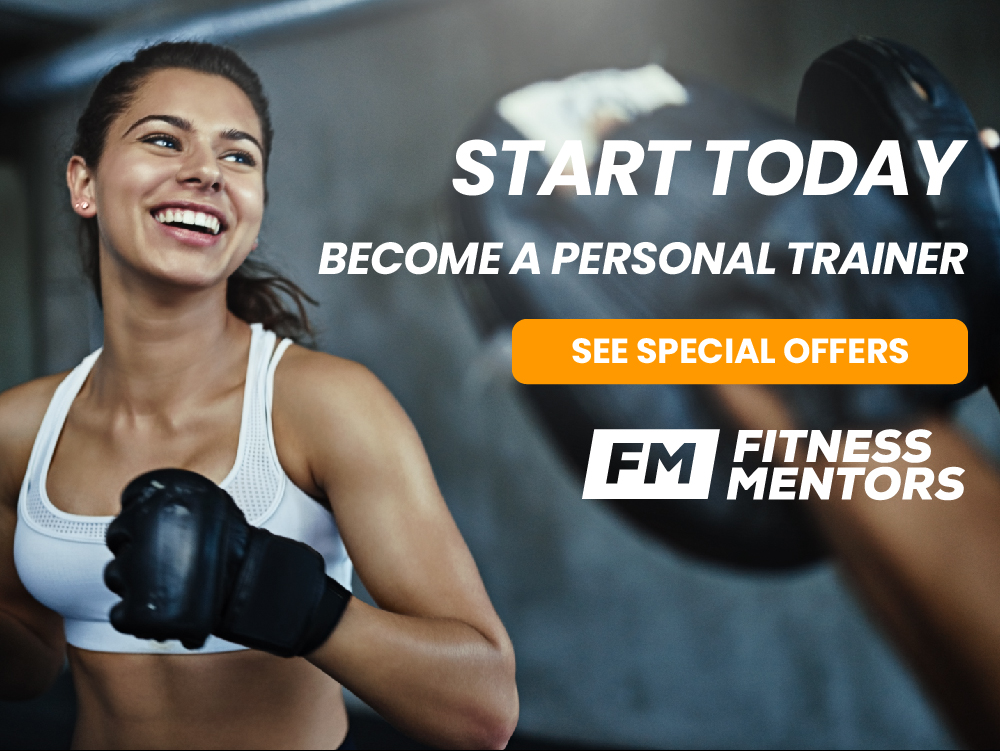As a personal trainer, you know that fitness success isn’t just about what happens in the gym or during a session—it’s about the client’s entire lifestyle. One overlooked factor that can dramatically impact adherence, motivation, and results is the home environment. If a client’s space is cluttered, disorganized, or not set up to support their health goals, it creates barriers that make consistency harder.
By guiding clients in optimizing their home environments, you can set them up for success beyond your training sessions. In this article, we’ll explore how you can educate and assist clients in structuring their homes to reinforce healthy habits.
Why Home Organization Matters for Fitness Success
A well-organized home removes obstacles to exercise, nutrition, and recovery. It also reduces decision fatigue, making it easier for clients to stay consistent with their goals.
How Home Organization Impacts Client Success:
- Encourages consistency – A dedicated workout space removes the mental barrier of “where should I train?”
- Supports healthier eating – A well-organized kitchen makes meal prep easier and reduces reliance on processed foods.
- Promotes recovery – An optimized sleep environment improves rest, which is essential for progress.
By addressing these areas, you can help clients create an environment that works for them, not against them.
Step 1: Assess Your Client’s Home Setup
Before recommending changes, take the time to understand how your client’s living space affects their fitness routine. You can ask:
- Do you have a dedicated workout space, or do you have to clear a spot every time you train?
- Is your kitchen set up to make healthy eating easy, or do you struggle with meal prep?
- Do you have an environment that promotes good sleep and recovery?
Encouraging clients to assess their space helps them recognize problem areas and creates an opportunity for you to provide targeted solutions.
Step 2: Helping Clients Set Up a Workout Space
One of the biggest reasons clients struggle with home workouts is a lack of space or accessibility. If they have to move furniture or search for equipment before every session, they’re less likely to stay consistent.
How to Guide Clients in Creating a Home Workout Area:
- Find a dedicated space – It doesn’t need to be an entire room; a small corner with a yoga mat and dumbbells can be enough.
- Organize equipment efficiently – Encourage clients to use shelves, bins, or wall mounts to keep gear accessible but out of the way.
- Create a visual trigger – Keeping equipment in sight (but neatly stored) serves as a reminder to stay active.
By removing friction, clients are more likely to follow through with their training plans.
Step 3: Optimizing the Kitchen for Nutrition Success
Nutrition plays a crucial role in fitness outcomes, and the kitchen setup can either make meal prep easy or frustrating. As a trainer, you can guide clients in making simple adjustments to support healthy eating.
Key Strategies for Kitchen Optimization:
- Declutter and remove unhealthy temptations – Encourage clients to clean out processed foods and replace them with whole, nutrient-dense options.
- Set up a meal prep station – Having a designated area for chopping, measuring, and storing prepped meals makes cooking more efficient.
- Organize food for visibility – Placing healthy snacks at eye level in the fridge or pantry increases the likelihood of making better choices.
A streamlined kitchen setup reduces the temptation to default to convenience foods and helps reinforce long-term dietary changes.
Step 4: Creating a Recovery-Friendly Home Environment
Recovery is just as important as training and nutrition, yet many clients struggle with proper rest and stress management. Their home should support recovery, not hinder it.
Guidance for Enhancing Rest and Recovery at Home:
- Optimize sleep quality – Suggest blackout curtains, a consistent bedtime routine, and removing electronics from the bedroom.
- Designate a relaxation space – Whether it’s a quiet corner for meditation, stretching, or foam rolling, having a place for active recovery improves adherence.
- Minimize clutter – A clean, organized space reduces mental stress, leading to better recovery and focus.
If a client isn’t sleeping well or managing stress, their progress will suffer. Addressing these factors will improve overall performance and results.
Step 5: Encourage Sustainable Organization Habits
A well-structured home is only effective if clients maintain it. Teaching them small, consistent habits ensures long-term success.
Simple Organizational Habits for Clients:
Weekly home reset – Encourage setting aside 10–15 minutes per week to tidy up fitness spaces and meal prep areas.
“One-touch” rule – Teach clients to put items back immediately after use to maintain organization effortlessly.
Fitness-friendly routines – Suggest preparing workout clothes and water bottles the night before to eliminate excuses.
By integrating organization into their lifestyle, clients will reinforce their fitness habits naturally.
Step 6: Maximizing Storage for a Clutter-Free, Fitness-Ready Home
One of the biggest obstacles clients face when maintaining a fitness-friendly home is a lack of organized storage. If their workout gear, meal prep tools, or recovery equipment are scattered and hard to find, it creates unnecessary friction that makes consistency harder. Helping clients implement smart storage solutions ensures they have easy access to everything they need to support their fitness journey.
Best Practices for Storage Optimization:
- Use vertical space – From built-in cabinets to modular shelving, these solutions cater to diverse needs while maintaining visual appeal.
- Designate specific storage zones – A well-organized home gym area, meal prep station, and recovery corner prevent clutter from spreading throughout the house. When storage is used effectively, it creates a harmonious living environment.
- Implement folding and organizing techniques – Guide clients on how to store workout clothes efficiently to save space and reduce decision fatigue.
- Invest in high-quality storage solutions or even hire a professional – Professionals bring a wealth of experience in designing storage systems that accommodate various needs and preferences.
- Consider design and functionality – Storage solutions should be both practical and visually appealing to enhance a client’s home environment.
Encouraging clients to improve their storage setup eliminates excuses, keeps their fitness goals top of mind, and creates an environment where healthy habits are easy to maintain. When their workout gear, nutrition essentials, and recovery tools are well-organized, fitness seamlessly integrates into their daily lives.
Final Thoughts
As personal trainers, our role isn’t just about writing workout programs—it’s about setting clients up for success in all aspects of their fitness journey. Helping them optimize their home environment removes unnecessary barriers and makes healthy choices the default.
By guiding clients in structuring their workout space, kitchen, and recovery areas, you can significantly improve adherence, motivation, and overall results. These small changes lead to long-term success and help clients integrate fitness seamlessly into their daily lives.
Encourage your clients to take action, and watch their consistency—and their results—transform.

















